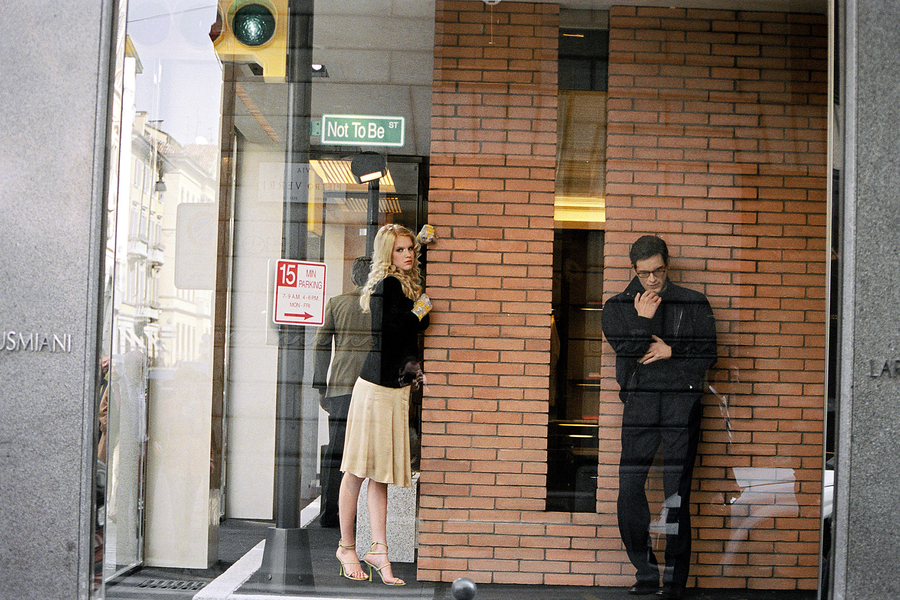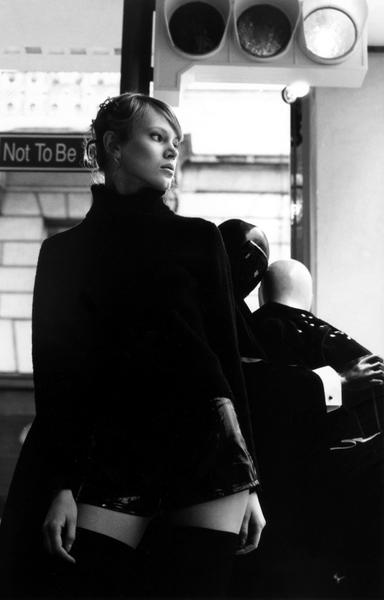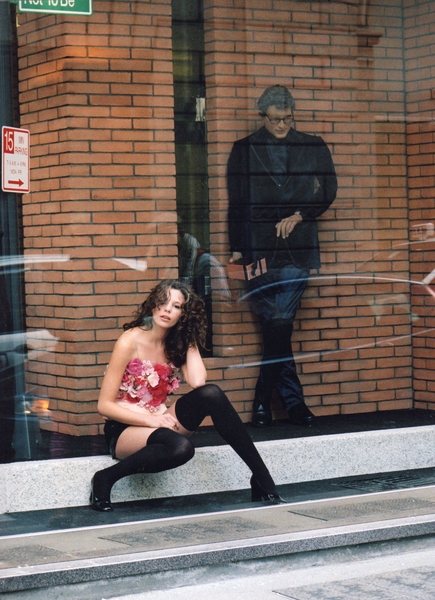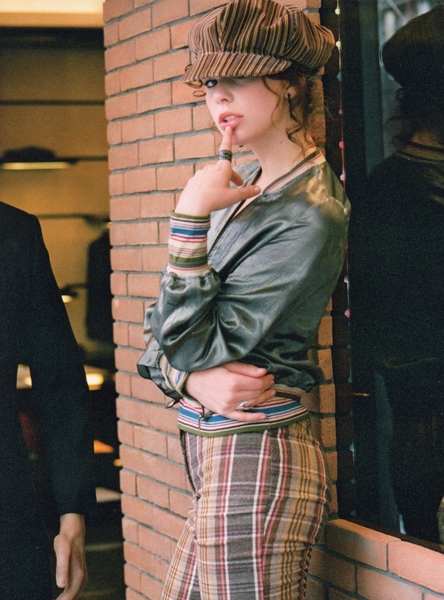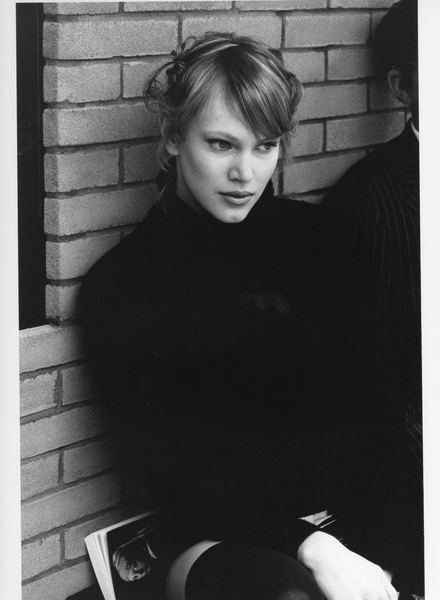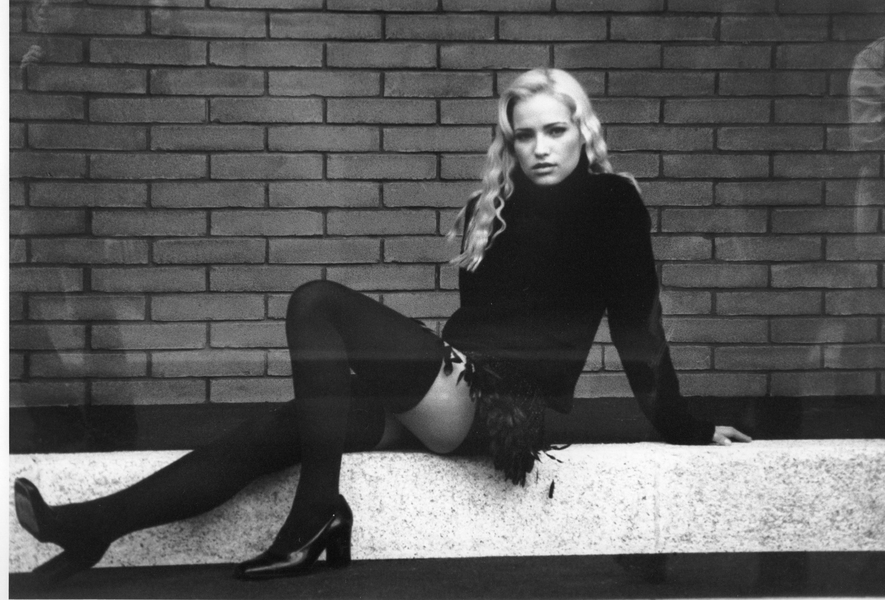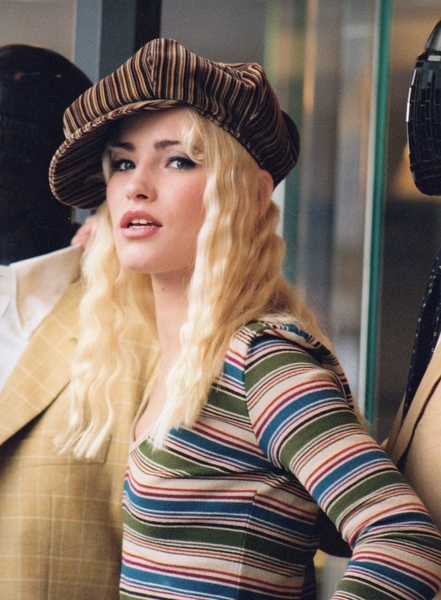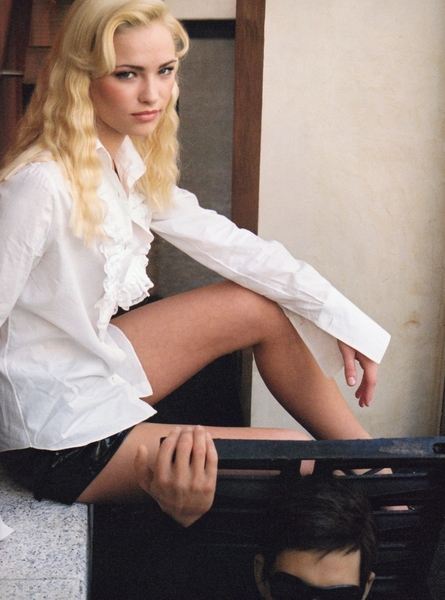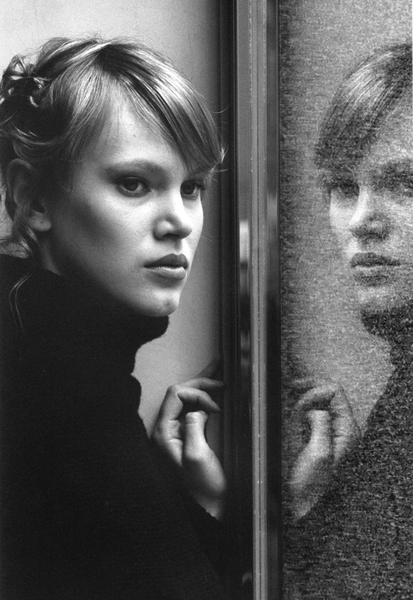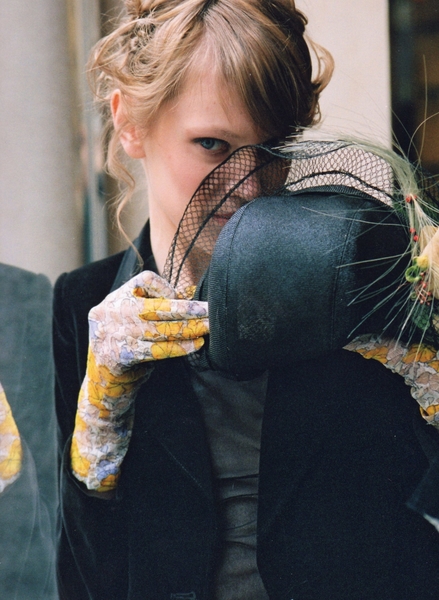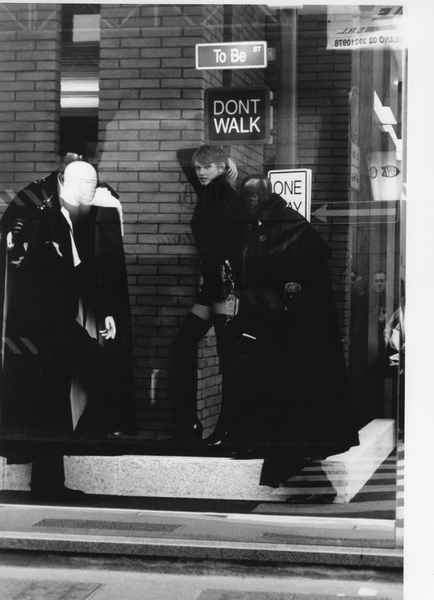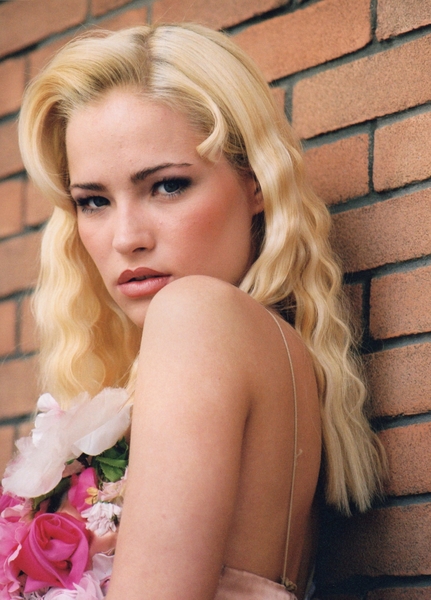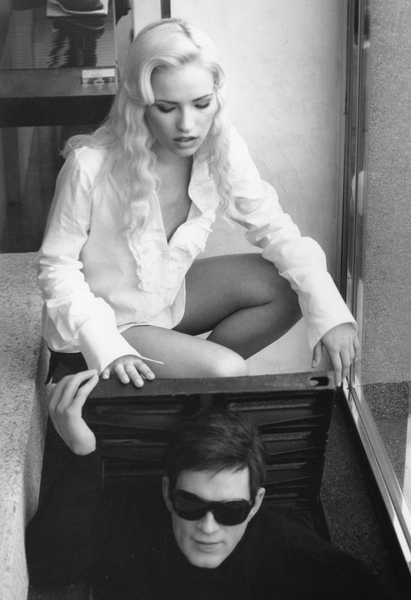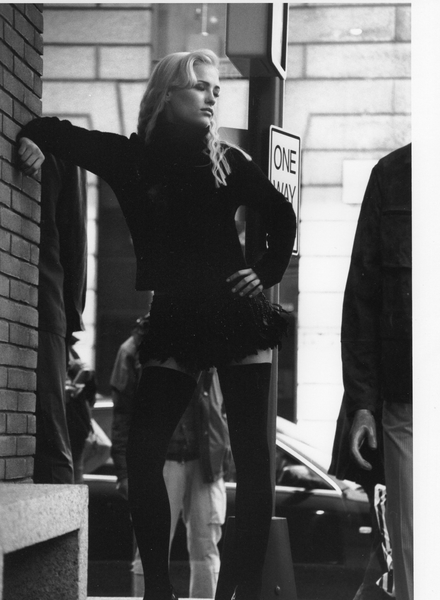To be or not to be
The realistic setting of a New York street, its pavement, the sidewalk with the curb, an intersection marked by a real traffic light that disciplines traffic and that intermittently turns on its red, green, yellow lights. The backdrop is a real exposed brick wall, so typical of certain American buildings, with a showcase that opens into a gash, where the goods offered to consumers are displayed.
At the corner of the intersection, a road sign indicates the two directions that we wanted to name in an alienating way: To BE street, NOT TO BE street, which mentions the famous Shakespearean dilemma of Hamlet.
Along the roadway there are two manholes from which the typical New York smoke exhales, according to the memory of many nightspots in American films. But from one of the grids of the manholes the head of a man / mannequin seems to appear unexpectedly, seeming to emerge from the bowels of the metropolis.
In a substantially realistic system, therefore, incongruous and abstract elements have been deliberately inserted which have the task of “displacing” the observer, dispelling any intention of “photographic reproduction” of an environment.
To support this intention, the passers-by of the street are mannequins with abstract heads, mysterious and apparently incongruous inhabitants of the scenography. But in relationships with them, as if to conflict and deny communication, the live presence of a model, for a game of references that questions the relationship between truth and artifice, between reality and mystification

